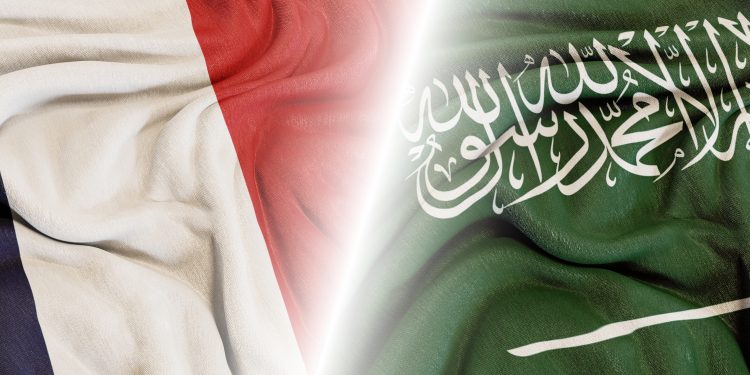Saudi Arabia has kicked off 2025 with significant borrowing to support its ambitious economic transformation goals. The kingdom issued $12 billion in bonds and secured a $7 billion Islamic loan from 20 banks. Recently, the finance minister also reported a $2.5 billion raise from three foreign banks.
As part of Crown Prince Mohammed bin Salman’s Vision 2030, the government is investing heavily in projects like Neom, electric vehicles, and semiconductors, alongside hosting the 2034 FIFA World Cup. Despite these investments, Saudi Arabia’s budget is projected to remain in deficit, necessitating increased borrowing.
Currently, Brent crude is priced around $76 per barrel, below the $90 needed to balance Saudi finances by 2025, as per the International Monetary Fund. Due to financial constraints, some projects will be postponed to prioritize key investments like the 2027 Asian Games and the World Cup.
The recent bond sale attracted over $30 billion in investor interest, covering three, six, and ten-year maturities. Managed by Citigroup, Goldman Sachs, and JPMorgan, the bonds offered competitive yields ranging from 5.18% to 5.73%.
Saudi Arabia’s funding requirement for the year is estimated at 139 billion riyals ($37 billion), primarily to address the budget deficit and maturing debt. Apart from bonds, the government is likely to pursue additional loans, with a $2.5 billion credit facility already secured.
Last year, the kingdom issued $17 billion in international bonds, second only to Romania among emerging markets, all in dollars. This year, Saudi Arabia considers diversifying its funding with other currencies.
Despite the fiscal deficit, the country maintains a robust balance sheet and capacity for further debt, supported by a recent credit rating upgrade by Moody’s, reflecting a positive outlook for its non-oil sector.


